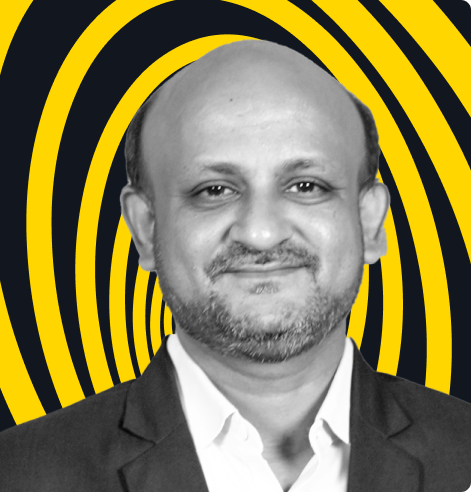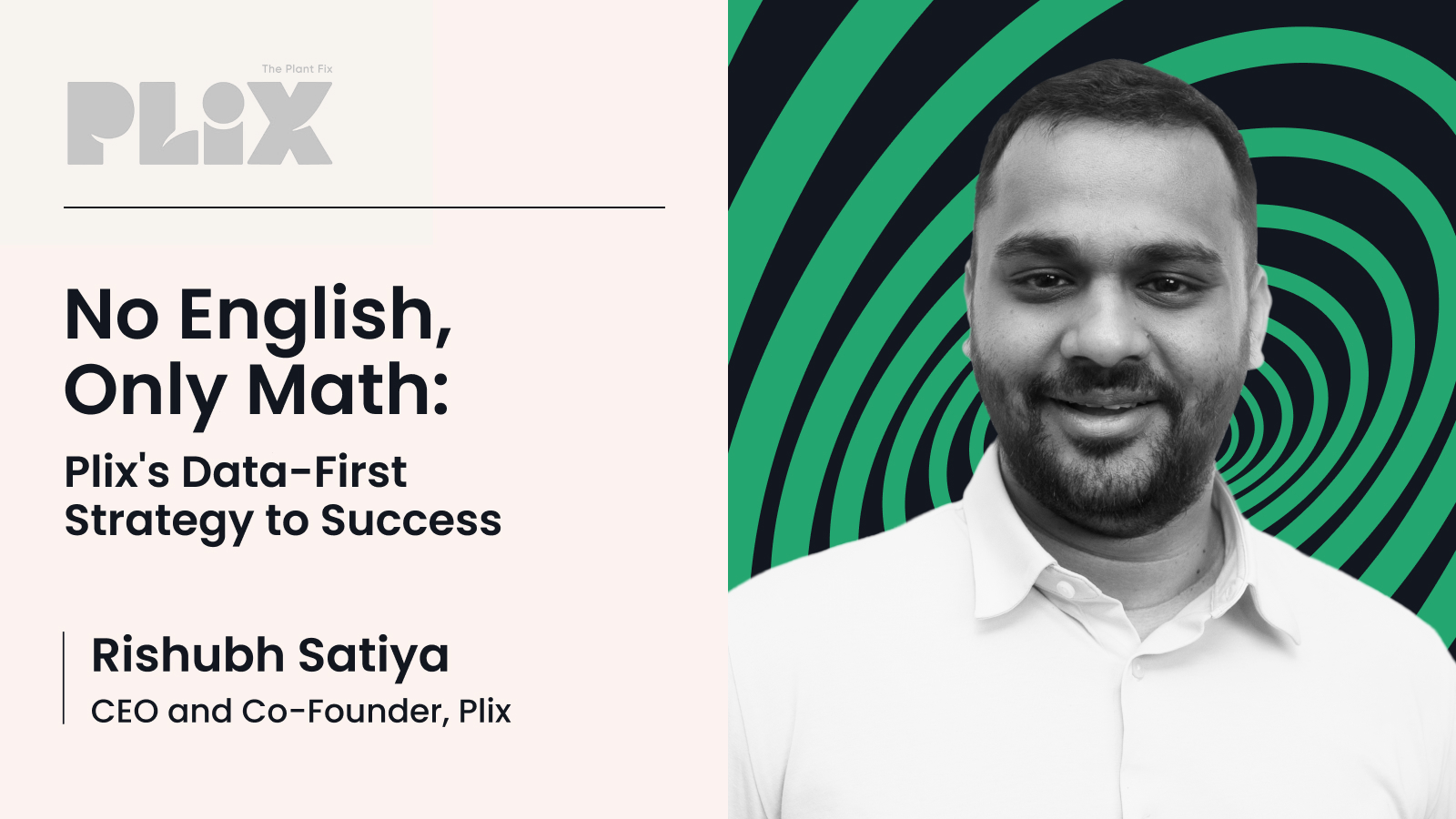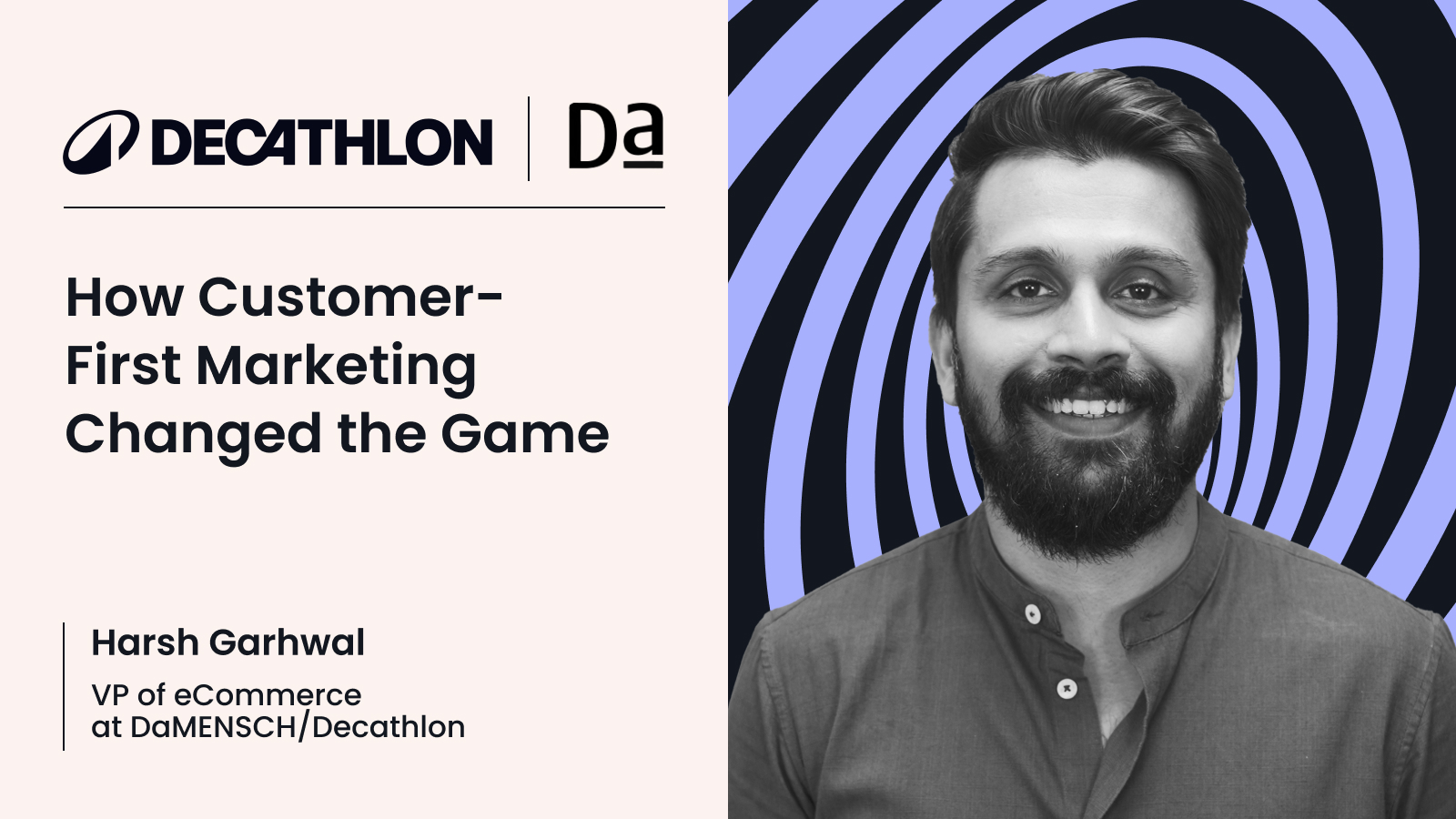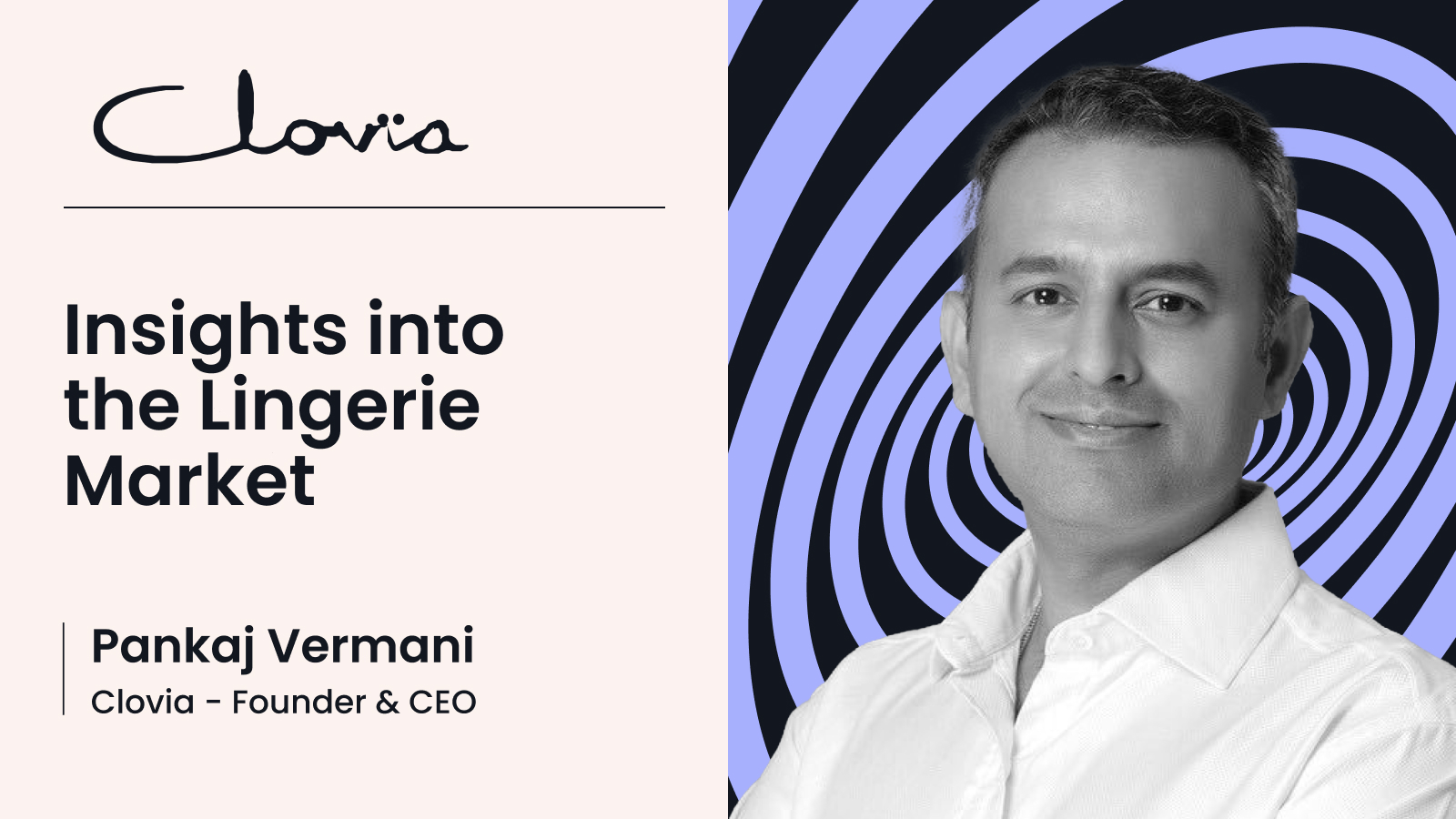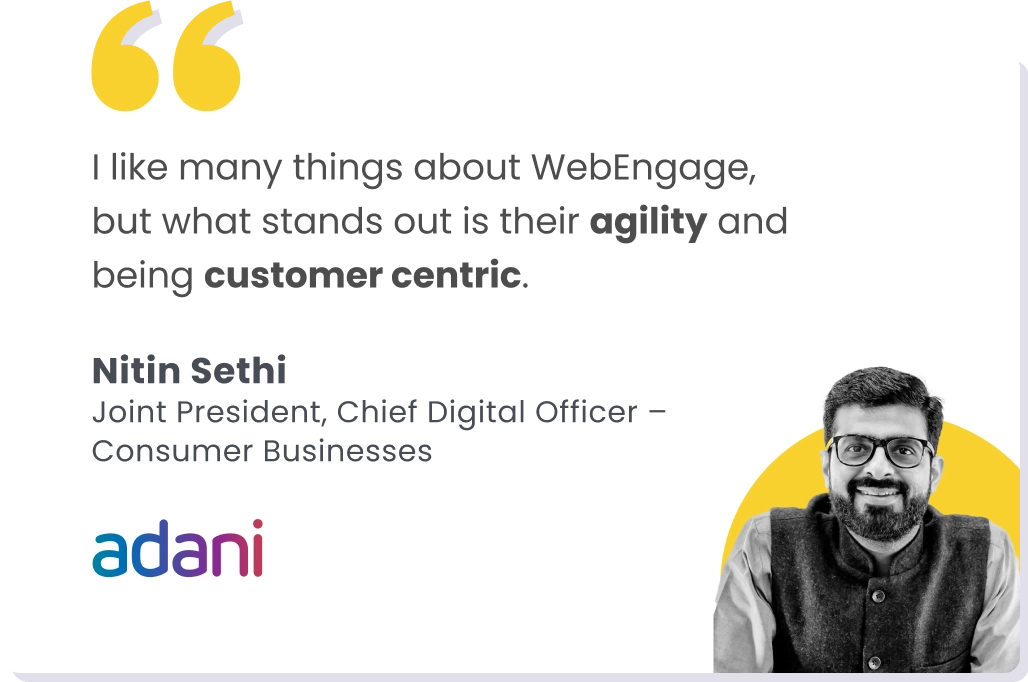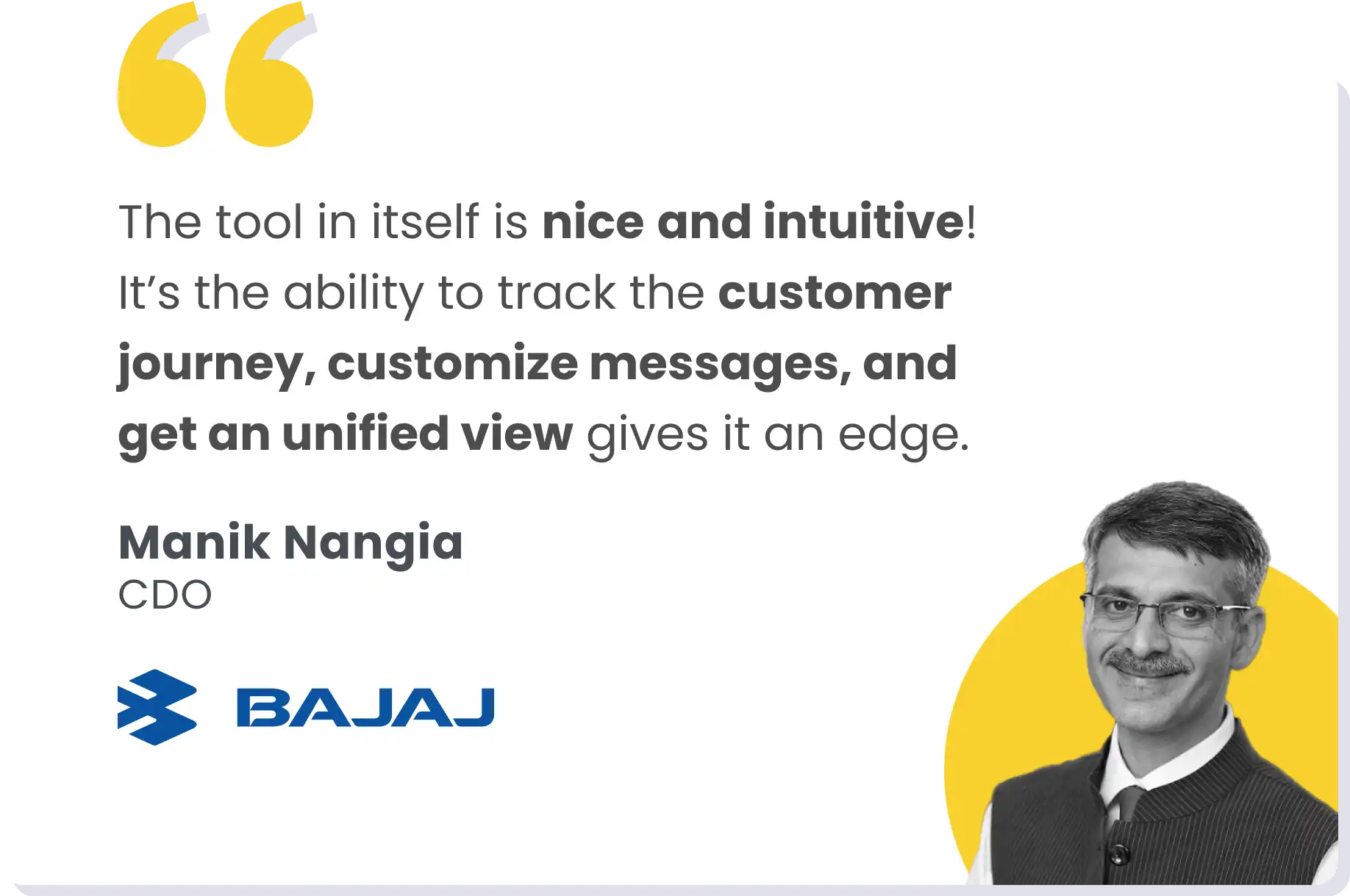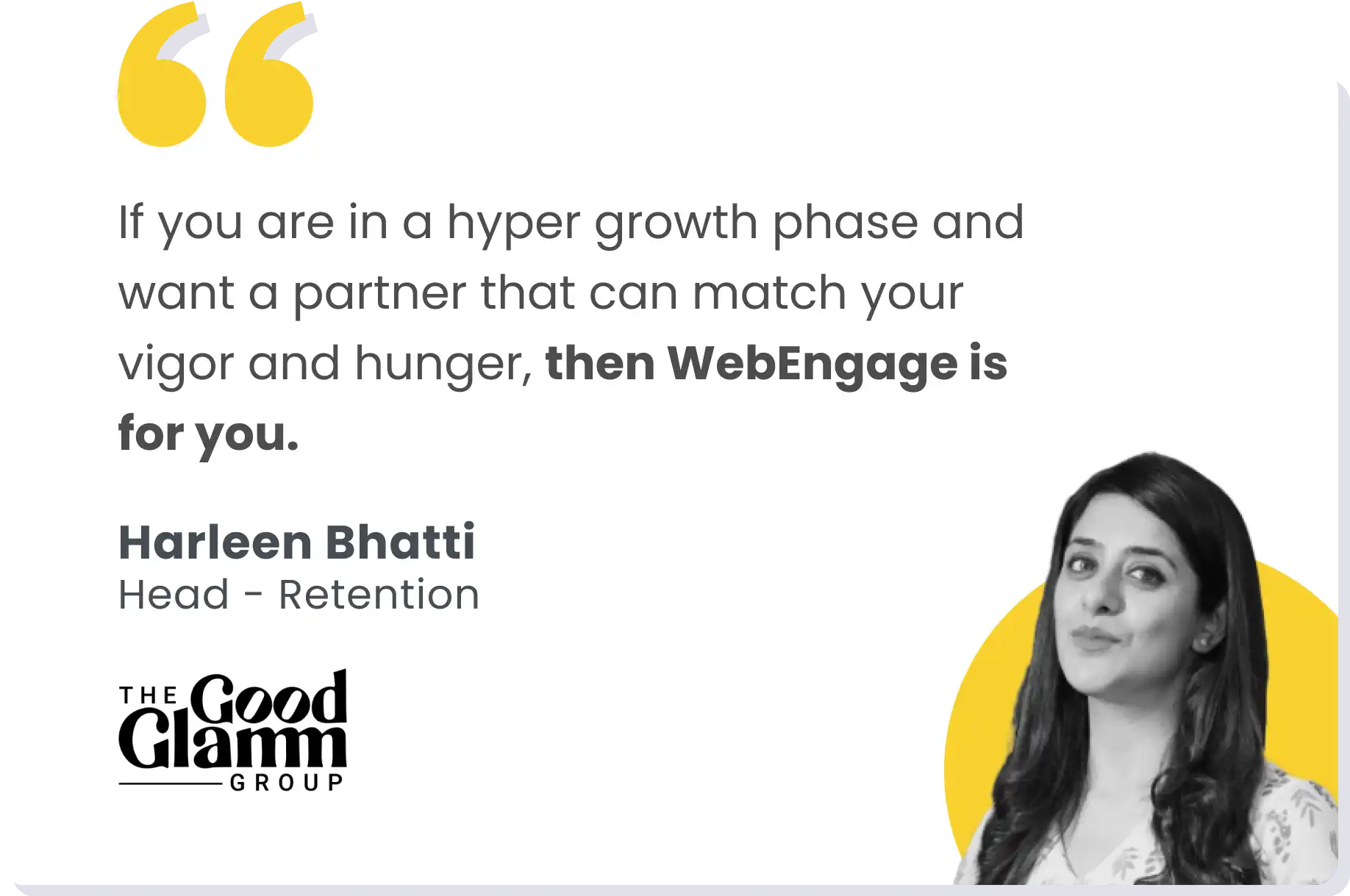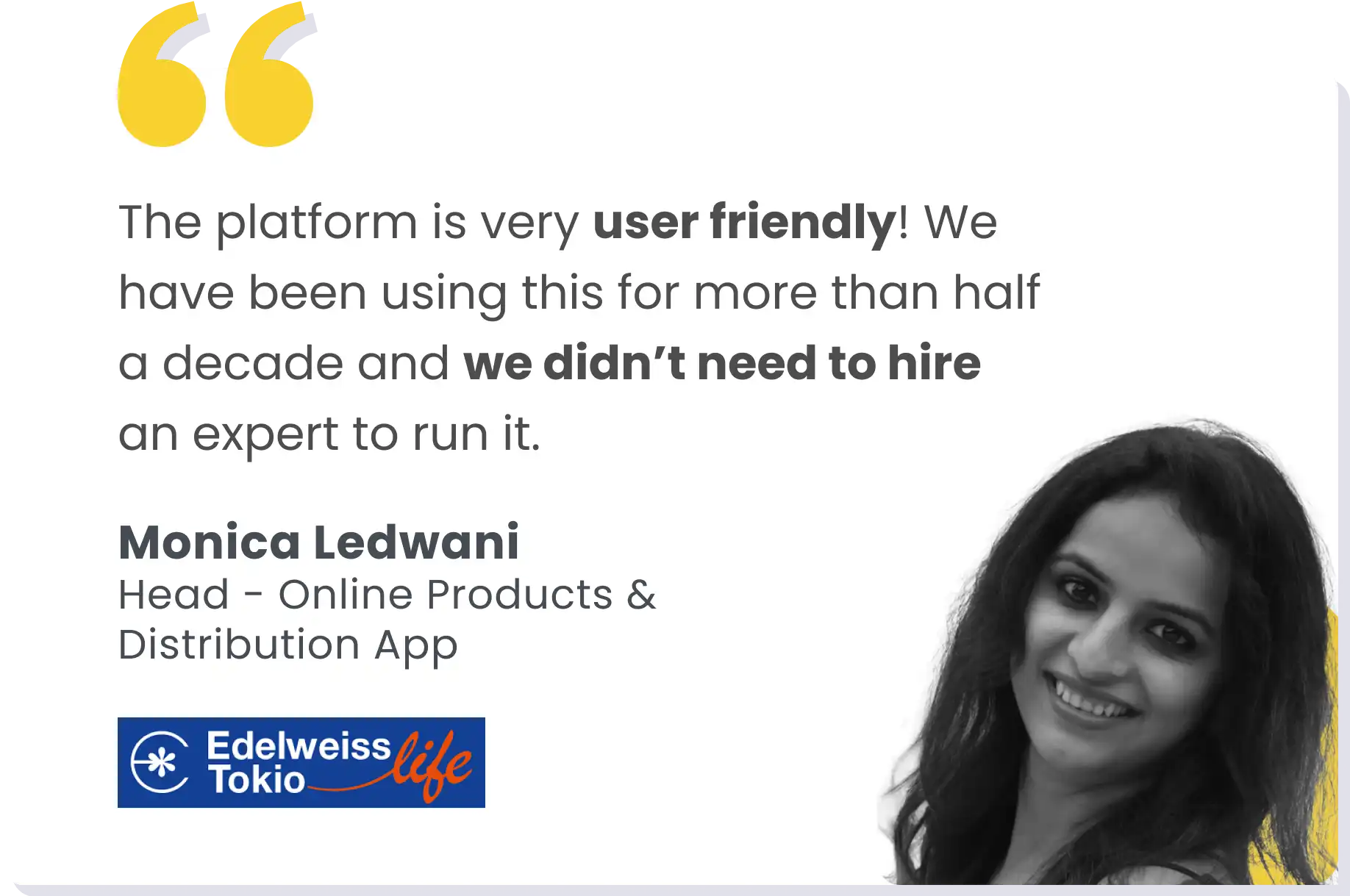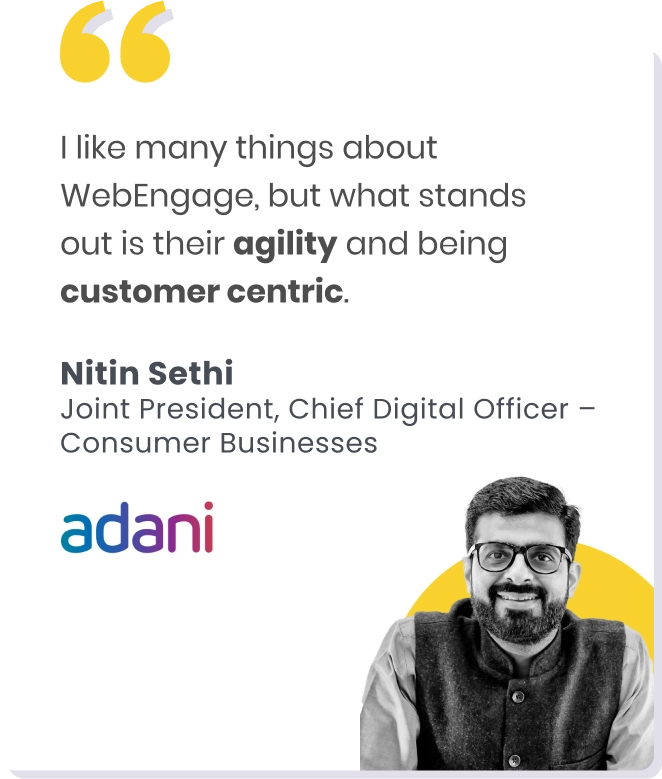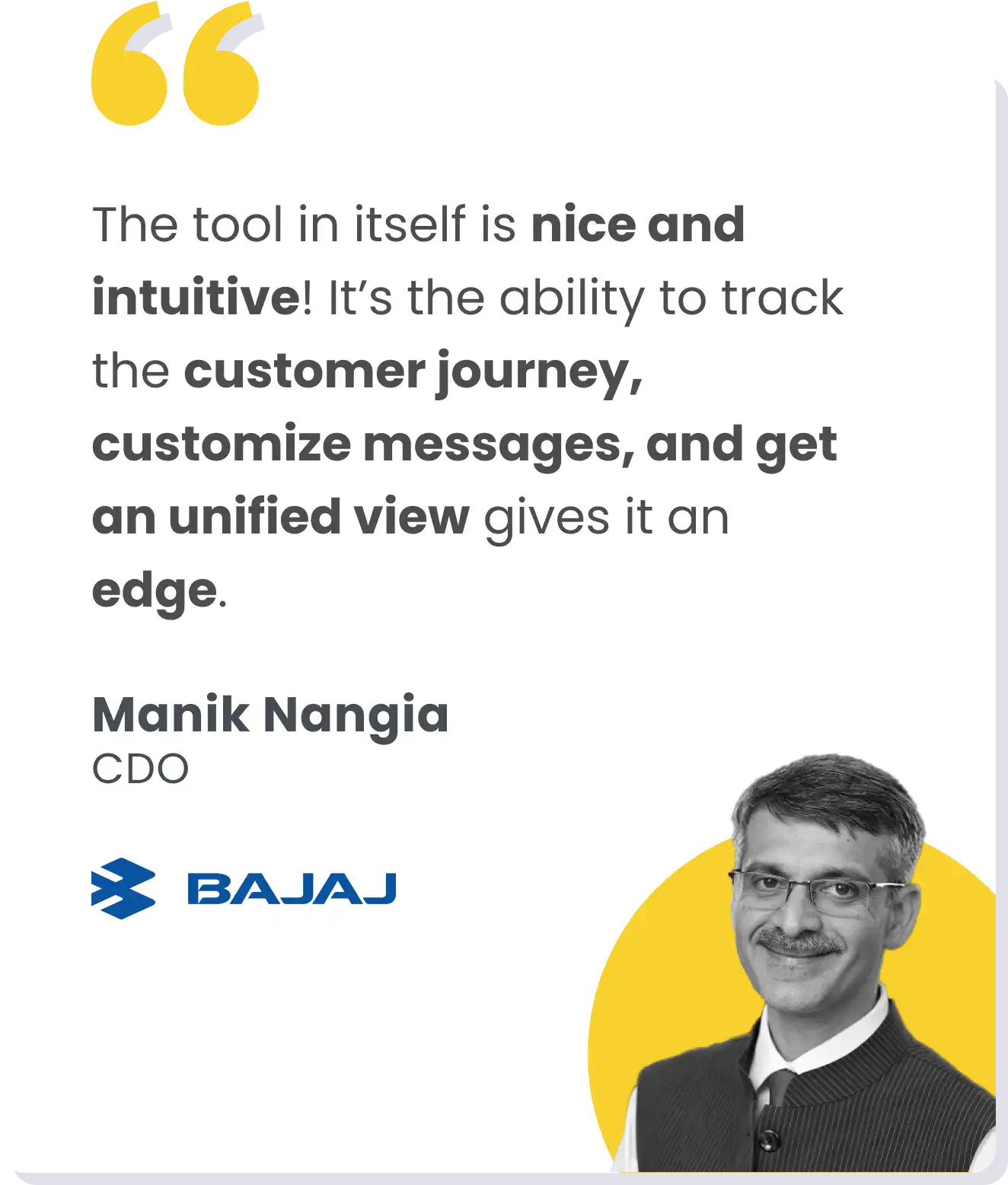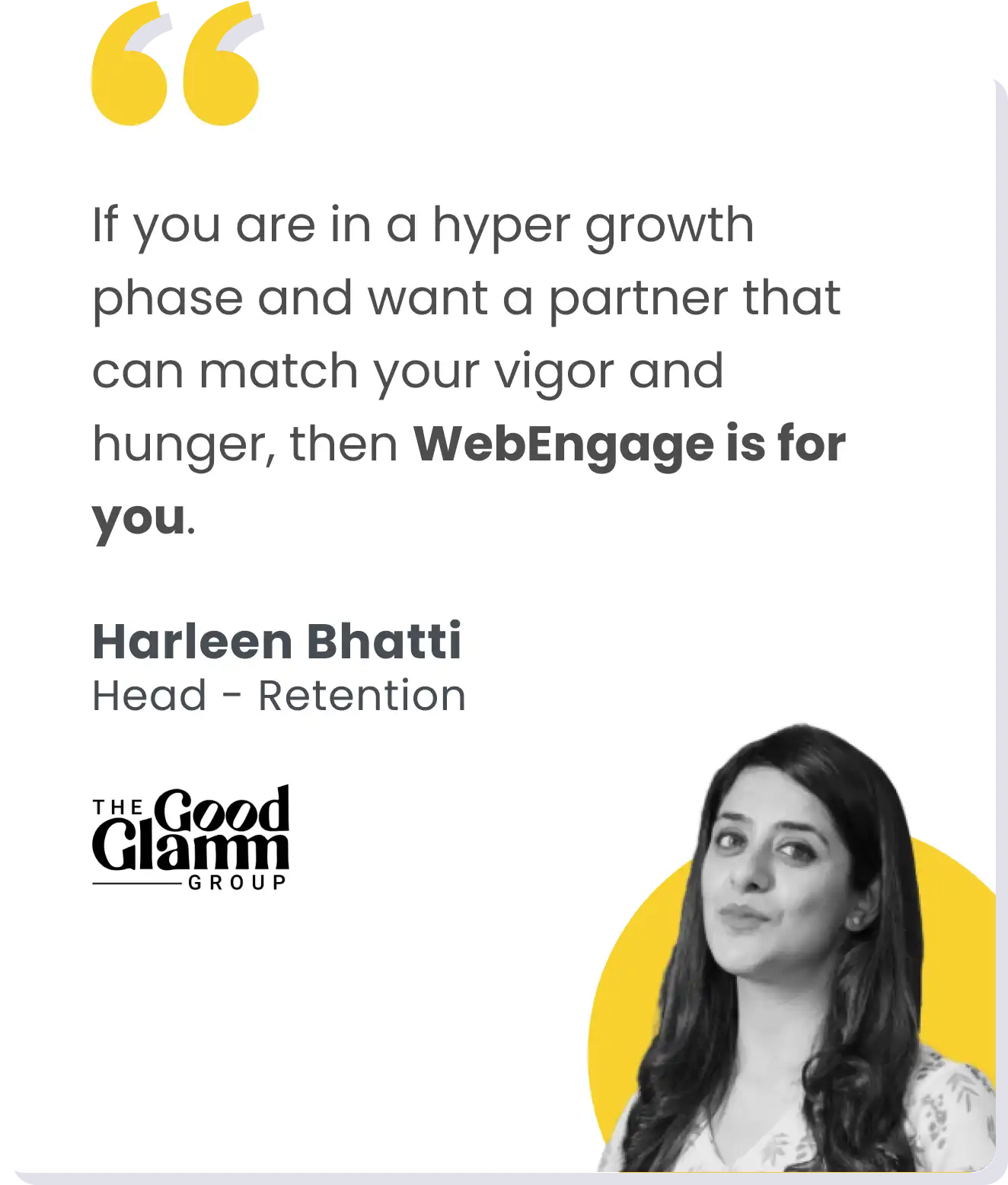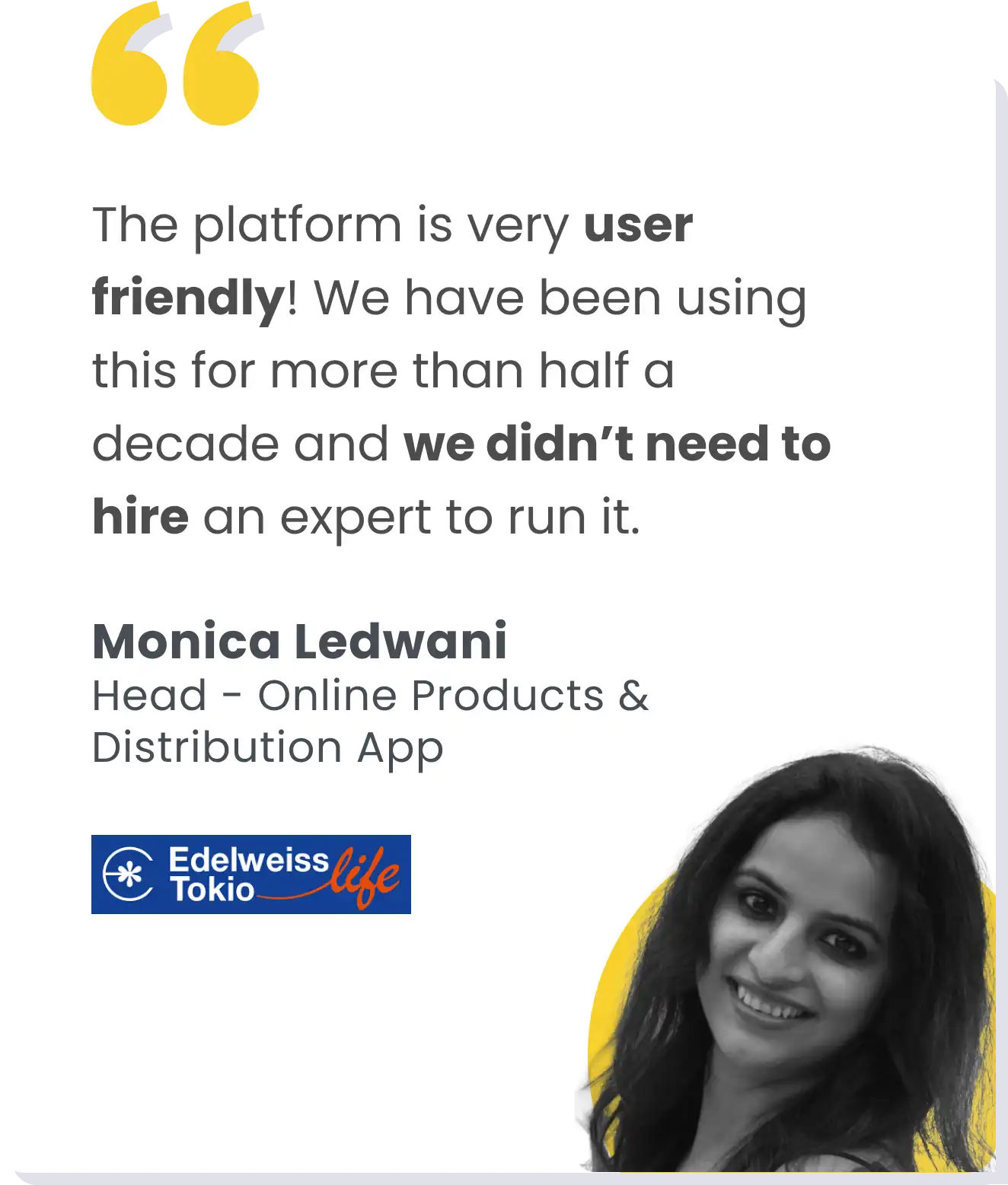“What sets us apart is our unique approach to understanding the Indian market. By dividing the country into four psychographic segments, we have gained valuable insights into consumer behavior. This segmentation has led to the identification of distinct consumer personas, which fascinates industry experts.”
Edelweiss Tokio Life Insurance is making waves in the insurance industry with its remarkable growth rate, surpassing the industry average. At the helm of this success is Abishek Gupta, the CMO, who is playing a role in achieving an impressive persistency ratio through innovative technology interventions.
The company’s business model relies heavily on distributors, who play a significant role in influencing purchases. However, it has also successfully built direct relationships with consumers while maintaining strong ties with distributors.
In this article, Abhishek, the CMO of Edelweiss, shares his personal journey, which spans over a decade with the Edelweiss group. His experience in marketing and sales has equipped him with the skills to drive the company’s growth. His passion for Edelweiss Tokio and his previous employer, Shopper Stop Limited, is evident in his commitment to these companies.
You’ll learn how Edelweiss Tokio continues to innovate and push boundaries in the insurance industry. Their insights into consumer behavior and distribution networks which can offer valuable lessons for businesses seeking to build retention with their customers.
Let’s get right into it.
What does the Life Insurance Industry offer?
“Insurance comes at the base of financial planning. What insurance also offers is a way to create long-term wealth through products which offer a blend of guaranteed and non-guaranteed places.”
The Indian life insurance industry is characterized by extreme polarization, with 27 players competing for market share. Life Insurance Corporation (LIC) dominates the industry, holding around 50% of the market share. The remaining share is divided among private players, with the top three players — SBI Life, HDFC Life, and ICICI — capturing almost 50% of the private market share.
Despite this polarization, the market potential remains huge, driven by favorable demographics, increasing disposable incomes, and financialization of savings. The industry is witnessing growth in mutual funds, SIPs, and insurance products, which offer a blend of guaranteed and non-guaranteed benefits.
Insurance provides protection and wealth creation opportunities, as the industry also offers a range of products, including ULIPs, which allow customers to participate in the market. While the market share available to smaller players is limited, the overall potential for growth is significant.
Our Challenger Approach in Target Markets
We are a challenger brand in the Indian insurance market, and we’ve adopted a differentiated approach to gain market share. Instead of targeting the masses and creating a need for insurance, we focus on individuals who already understand insurance, have disposable income, and live in areas with higher insurance penetration (above 20%).
By targeting this segment, we avoid competing with the market leader, LIC, which dominates the category creation space. This strategic decision allows us to tap into the existing demand and grow our market share incrementally.
We have also consistently grown at a CAGR of 45% since its inception, outpacing the industry’s growth rate of 10-12%. This success can be attributed to our focus on qualitative growth, prioritizing customer retention, and ensuring a healthy Persistency Ratio (the number of customers who renew their policies annually).
We have been able to carve out a unique position in the market, offering a differentiated value proposition to customers who value quality and service.
Edelweiss Tokio’s Formula for Maintaining a Stellar Persistency Ratio
The real selling in Life Insurance comes when an advisor gets over selling to their natural circle, and then they have to find customers and then convince and convert them
I realized early that persistency is an important metric in judging the quality of our business. It’s not just about acquiring new customers but also about retaining them. Our operational strategy is designed to balance these two worlds.
We track persistency metrics, including 13th, 25th, 37th, and 49th-month persistency rates. A good persistency number is north of 80%, which is the industry benchmark. Our focus is on the first-year premium, where the battle for market share is played out.
But what happens when customers lapse? Do they stop paying altogether or switch to another insurer? We’ve identified three reasons for lapsation:
- customers being convinced to switch to another policy,
- financial difficulties, or
- simply forgetting to pay.
To combat obligate buying, we analyze an advisor’s first few policies to identify potential lapsers. We use analytics and machine learning models to predict which customers are likely to lapse and proactively engage with them to prevent it.
Our advisors are incentivized to retain customers and sell new policies. We’ve aligned their goals to focus on persistence, ensuring they understand the value of retaining customers and the opportunity to increase their share of wallet.
Advisors as Catalysts for Sustaining Customer Connection
Most advisors don’t realize that retention business over a period of five to six years becomes so huge and you don’t have to do more things. You have to just be in touch with the customer, wish them on anniversary birthdays or any milestones, service the customer and that’s an income for life for advisors.
Customers often buy multiple policies from different providers, with most policies being additional, not upgrades. I’ve come to realize that insurance is a game of basics. It is a game of relationship management.
A customer typically buys six or seven policies in his lifetime, often from two to three different providers. This isn’t because they’re upgrading their existing policies, but rather because they’re buying new ones. This highlights the importance of building strong relationships with customers, as advisors who do so can retain their clients and earn their loyalty.
For me, growing up we had only one advisor who sold to the whole family and our extended friends because a relationship exists and we trusted him with our insurance.
Insurance advisors are needed in this industry, but their journey is marked by high attrition rates. A staggering 80% of advisors leave the industry within the first 12 months. This is often because they underestimate the challenges of the job and overestimate their ability to succeed. Those who stick around and excel, like the esteemed MDRT (Million Dollar Round Table) members, achieve remarkable success.
Successful advisors earn around 25% commission on new premiums and 4-5% on renewal premiums. While the latter may seem small, it can add up over time, providing a steady stream of income. Moreover, advisors can also earn income from selling other financial products, such as mutual funds, to their clients.
Our Formula for Maintaining a Stellar Persistency Ratio
More than 90 percent, and close to 92 percent of sales across the industry happens when there is an intermediary in between the company and the customers.
The insurance industry has long been plagued by high attrition rates and low customer engagement. However, we are revolutionizing the way insurers interact with their customers, leveraging technology and personalized guidance to build meaningful relationships.
At the heart of this transformation is U2 (U Unlimited), a proprietary tool developed to help our distributors analyze customer needs and provide tailored recommendations. This consultative approach has been empowering advisors to convert perceived complexity into perceived simplicity.
Industry insiders acknowledge that insurance is a push product, with customers rarely seeking it out. Instead, life events and triggers prompt them to consider coverage. Our advisors are well-positioned to capitalize on these moments, providing subtle yet effective guidance.
Sensitivity and empathy are very necessary to consider, when settling claims, advisors meet with customers and their families, restoring faith in the product. This personal touch can help in building trust and loyalty.
As the industry continues to evolve, one thing is clear: customer engagement is key. Balancing simplicity, empathy, and personalized guidance, we can build lasting relationships and establish themselves as trusted partners in their customers’ financial journeys.
The first driver of persistency is customer education, primarily led by advisors and supplemented by centralized outreach. This personalized approach helps customers understand their policies, setting the stage for a lasting relationship.
The second driver is the relationship between the advisor and customer. While bank RMs contribute significantly to policy sales, their transient nature necessitates direct engagement between insurers and customers. As policies progress, insurers must highlight positive developments, such as bonus additions or unit growth, to reinforce the customer’s investment.
Our Unique Segmentation Approach and Strategic Efforts to Retention
At Edelweiss, we developed a unique framework to segment customers based on their mindsets, rather than demographics. This innovative approach categorizes customers into four distinct personas: Lion, Elephant, Deer, and Hawk. Each persona represents a specific mindset, influencing their behavior, preferences, and decision-making processes.
We conducted a study for over a year, involving qualitative and quantitative research, engaging with customers across diverse geographies and mindsets. It revealed to us that these personas transcend cultural boundaries, genders, and regions, with no dominant segment. The personas we have are:
- Lions: Methodical, risk-taker, and ego-driven
- Elephants: Planned, risk-averse, and detail-oriented
- Deers: Underconfident and seeking reassurance
- Hawks: Goal-oriented, delegator, and seeking expertise
To apply this framework, a four-point questionnaire was developed to determine a customer’s persona with 80% accuracy. This enables tailored communication and engagement strategies, enhancing the customer experience.
However, implementing this insight into the business poses challenges, particularly in convincing distributors to adopt this approach and integrating it into the system to tailor communication accordingly. We are now exploring ways to map this framework to the digital age, enabling distributors to engage more effectively with customers.
We recognize that commissions and incentives are comparable across the industry, so we’re focused on elevating our distributors’ profession and pride. Here are some of the approaches we take to do that:
- Making distributors feel important through recognition and respect
- Improving their knowledge to project themselves as financial advisors
- Enabling them to sell products better through technology and training
- Ensuring accessibility of top management and officials
We have also conducted a distributor study to understand their mindset and psychographics, segmenting them into three main categories.
Most of these things are the basics of relationship management. It’s a traditional way of doing business, but very powerful nonetheless. So in some sense, this whole distributed engagement is made easier with technology.
And this brings us to the close of an amazing session with Abishek, it was great to have him on the State of Retention Marketing Podcast, where we talk all about customer retention and marketing across multiple industries with experts with a wealth of experience.
Catch this episode on Spotify or YouTube and while at it, explore other episodes that catches your fancy. Let’s know what you think about it in the comments.



